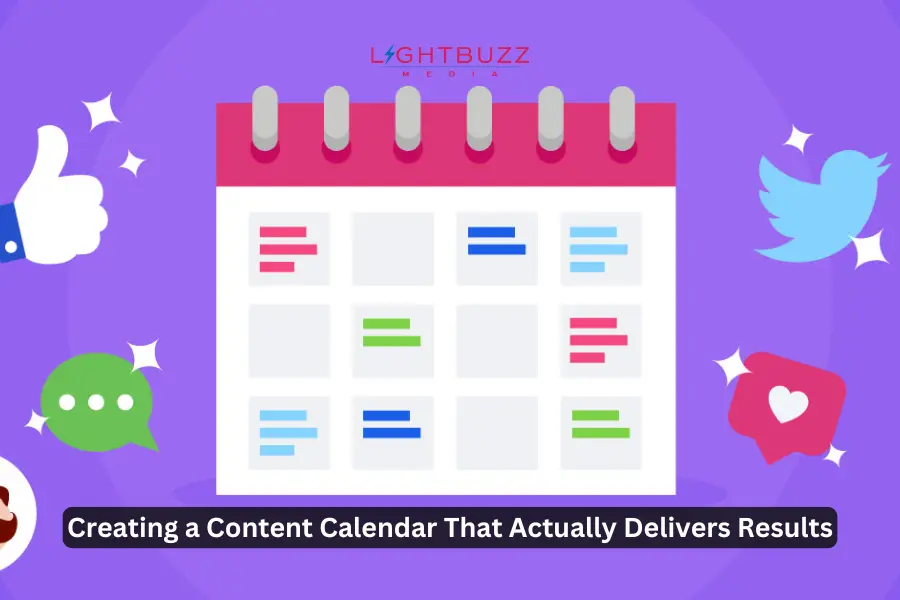In an ever-evolving digital marketing landscape, a content calendar is not just an important tool for a digital marketing service provider; it is simply everything for your brand. Just hitting publish without any strategy will not propel your brand far into digital marketing. That's where a well-designed content calendar comes into the picture. A successful content calendar is not just a means to scheduling content; it is the launch pad to ways to develop effective content driven by your goals.
Here are measures to help you create a content calendar that not only organises your team but also creates viable results.
1. Identify your Goals
Before you write a million dates on your calendar, you need to first ask:
- What do we want to achieve with the content?
- Is it awareness, lead generation, engagement, or is it SEO?
Your goals will inform everything you do: what type of content you will produce, how often, the platform where you publish, and the criteria to measure your success.
2. Identify Your Audience
Content only matters when it meets the needs of the people in its path. Use analytics, surveys, or simply ask customers to evaluate:
- What problems are the people trying to solve
- Where are the people active online
- What types of content (blogs, videos, reels, etc.) resonate with them
You should align the content type and topics in your calendar based on what matters to your audience.
3. Mix Content For Maximum Impact
Being a reputed digital marketing agency in India, we know that the best content calendar incorporates a variety of content types:
- Informational blogs
- Perspectives (behind-the-scenes) videos
- Product explainer
- Testimonials or case studies
- Season-based or event-based
- User-generated content
This mix will keep your audience engaged and help reinforce your brand voice across the platforms.
4. Plan Outcomes Weekly, Publish Outcomes Strategically
Don’t bother planning if your only intention is to look at the short term. Build your calendar monthly or quarterly, just be sure to evaluate and edit weekly.
Using tools like Google Sheets, Trello, Notion, or Airtable allows you to keep track of:
- Content Type
- Topic/Title
- Target Persona
- Publishing Date
- Platform
- Who's responsible
- Status (Idea, Draft, Scheduled, Published)
Additionally, make sure to align your content with the best times to post (i.e. in the morning on LinkedIn, in the evening on Instagram).
5. Measure Your Efforts (and Results)
Your content calendar is only as relevant as the results it generates. Track the following key performance indicators (KPIs):
- Engagement rate
- Website traffic
- Click-through rate
- Conversion = lead type, product sale, service sale.
Review every 30 days, measure the performance, and adjust your strategy. You can ask questions like- Are your how-to posts performing better than your industry news? Is video getting better reach than text? Your content calendar can change and be adjusted based on what you learn!
6. Leave Space for Flexibility
Trends are changing fast. A content calendar helps you create structure, but it should not make you rigid. Leave space for:
- Trending topics
- Timely updates
- Reactive posts (e.g news, memes, celebrations)
A good content calendar helps you create quality plans without losing the spontaneity that makes content relatable.
A content calendar should be much more than a planning tool; it’s a tactic for success! When you build a calendar with goals, insights about your audience, and a focus on performance and tracking, you can turn haphazard efforts into a purposeful, strategic content strategy.
If your brand is ready to quit guessing and start growing, Light Buzz Media, the best digital marketing company in Mumbai, can help you design your custom content calendar to create real results.
